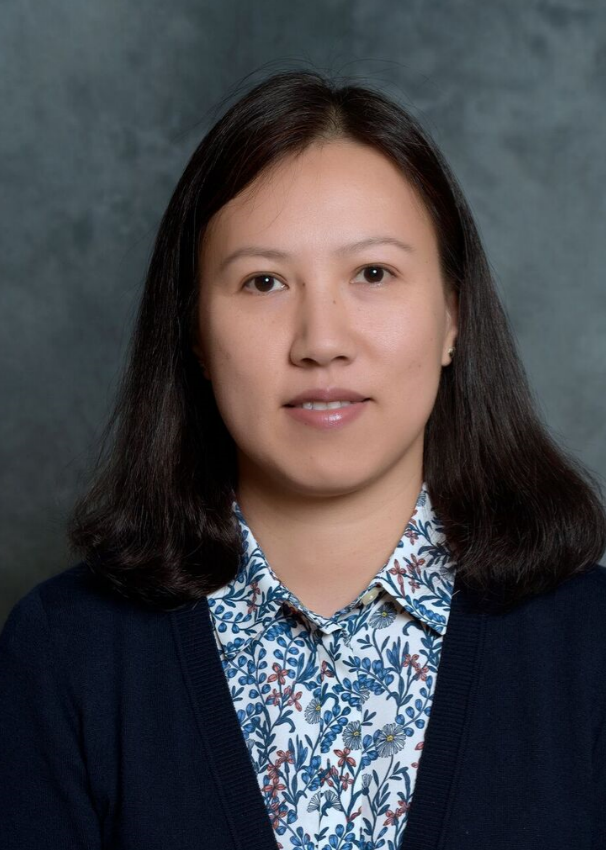Intersect Digital Innovation with Real-Life Challenges
From the Editor - Fang Lin:
 Fellow HGS members:
Fellow HGS members:
For those of you who work in the oil and gas industry, I am sure that digital innovation is not a strange term to you, as data analytics, machine learning and artificial intelligence have become the new buzz words in many E&P companies nowadays, with the hope that these technologies will bring revolutionary changes to how we work in the industry, and eventually to shorten the cycle time of projects, to facilitate more accurate prediction and to enhance overall capital efficiency.
Machine learning and artificial intelligence techniques have demonstrated tremendous success in e-commerce and other business sectors. Supported by large amount of quality data, they certainly have generated outcomes that traditional techniques can hardly compete with. When it comes to the oil and gas industry, it is relatively easy to envision how they can be applied to downstream and midstream business, even part of the upstream business (thinking of the hundreds and thousands of wells drilled in unconventional resource plays). However, for exploration and appraisal of many conventional plays, unique geologic conditions from place to place and often handful of wells drilled into those plays seem to make it difficult.
This month I had the opportunity to witness the power of digital innovation techniques at work. Although I cannot discuss the particular project and the technical challenge, it was a true eye-opener for me to see how some of the new technologies that my generation and prior generations of geologists did not have the opportunity to learn at school could change our day-to-day work. It was an example of successful application of digital technologies to conventional E&P work, resulting in significantly reduced cycle time. Reflecting on why it was a success, I realized that it was because we had a very clearly defined problem and we talked with the individual who has the right skills and knowledge to help us. As a result, the problem was resolved in a way that I could not imagine on my own. So, my learnings this month? Intersecting digital innovation techniques with real-life challenges. If the traditional geologists can feed our digital innovation specialists with real-life challenges, instead of making assumptions about what they can or cannot do, and continuing on our old way of thinking, some of our technical challenges can be solved faster, leaving us more time to focus on tasks that machines cannot do for us yet.
Until next month.
